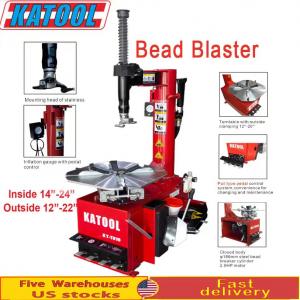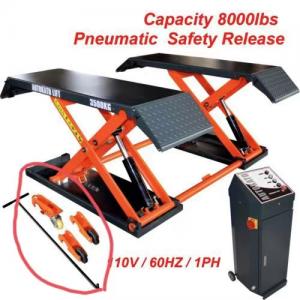How to check your engine oil and fill if it's low
Checking your engine oil level is a quick, easy task that's a crucial part of car maintenance. Keeping the right amount of oil in your engine will increase its longevity regardless of age, cylinder count or horsepower. To do it, all you need is a clean rag and a couple of minutes.
How often you need to check your car's engine oil depends largely on what you drive and how you drive. For most drivers, we suggest checking the oil about once a month or before a long trip. However, if your car is older, has higher miles, or both, you may need to check it more often — an engine tends to burn oil as it ages due to internal wear, so someone driving a 1989 Toyota Corolla with 205,000 miles will very likely need to add oil more often than someone commuting in a 2019 Corolla with 20,500 miles. There are other factors that come into play here as well: if your car leaks oil, you'll want to check the level on a regular basis (and get the underlying issue fixed sooner rather than later).
On some newer cars, checking the oil level is as simple as tapping a button on the steering wheel a few times. An electronic gauge tells you whether or not the engine needs oil. On just about everything else, you'll need to grab a rag, pop the hood, and do it the old-fashioned way.
First, make sure that your car is parked on flat ground. Checking the oil level with the car parked at an angle isn't a good idea because the odds of getting an inaccurate reading are high. Think of your engine's oil sump (which sits at the bottom of your engine and holds most of its oil) as an aquarium: if it's tilted, you're going to have more water on the lower side than on the higher side. Second, if you just got back from a drive, wait at least 10 minutes before checking the oil to ensure that all of it has drained back into the sump. Checking the level right after you turn off the engine can also lead to an inaccurate reading.
Read more: Preventing Auto Repairs Before They Cost You Dearly
Carefully pull out the dipstick, wipe it clean with the rag, pop it back in (push it in all the way), pull it out again, and hold it horizontally. You should see two marks on the dipstick: one towards the top end and one towards the bottom. The level is perfect when it's at (or very close to) the top mark, it's okay if it's in between them, and it's dangerously low if it's below the bottom mark. If you didn't get an accurate reading, don't worry — it happens. Sometimes a drip makes the level difficult or impossible to read. Wipe the dipstick clean and start over again.
Adding oil is simple but it can be messy; we recommend using a funnel. One point that is important to keep in mind is that overfilling an engine with oil can be as bad (and sometimes even worse) as underfilling it. With that said, if your engine is low on oil you first need to check:
How many quarts it takes
The type of oil that you need to use.
You'll usually find this information in your owner's manual. If you don't have it, Google is your friend.
Next, locate the oil cap; it's at the top of the engine and labeled "OIL" — or "710" if you're looking at it backwards. It may alternatively have an oil symbol on it. Unscrew it, set it down, pop the funnel in the oil filler hole, and add the required amount of oil. Do this gradually if you don't know precisely how much oil you need to add: pour in a quarter of a quart, wait a few minutes for the oil to drain into the sump, check the level with the dipstick, and see by how much it has gone up. Repeat this until the level reaches the top mark.
If you have any questions about our products,Please contact us.




